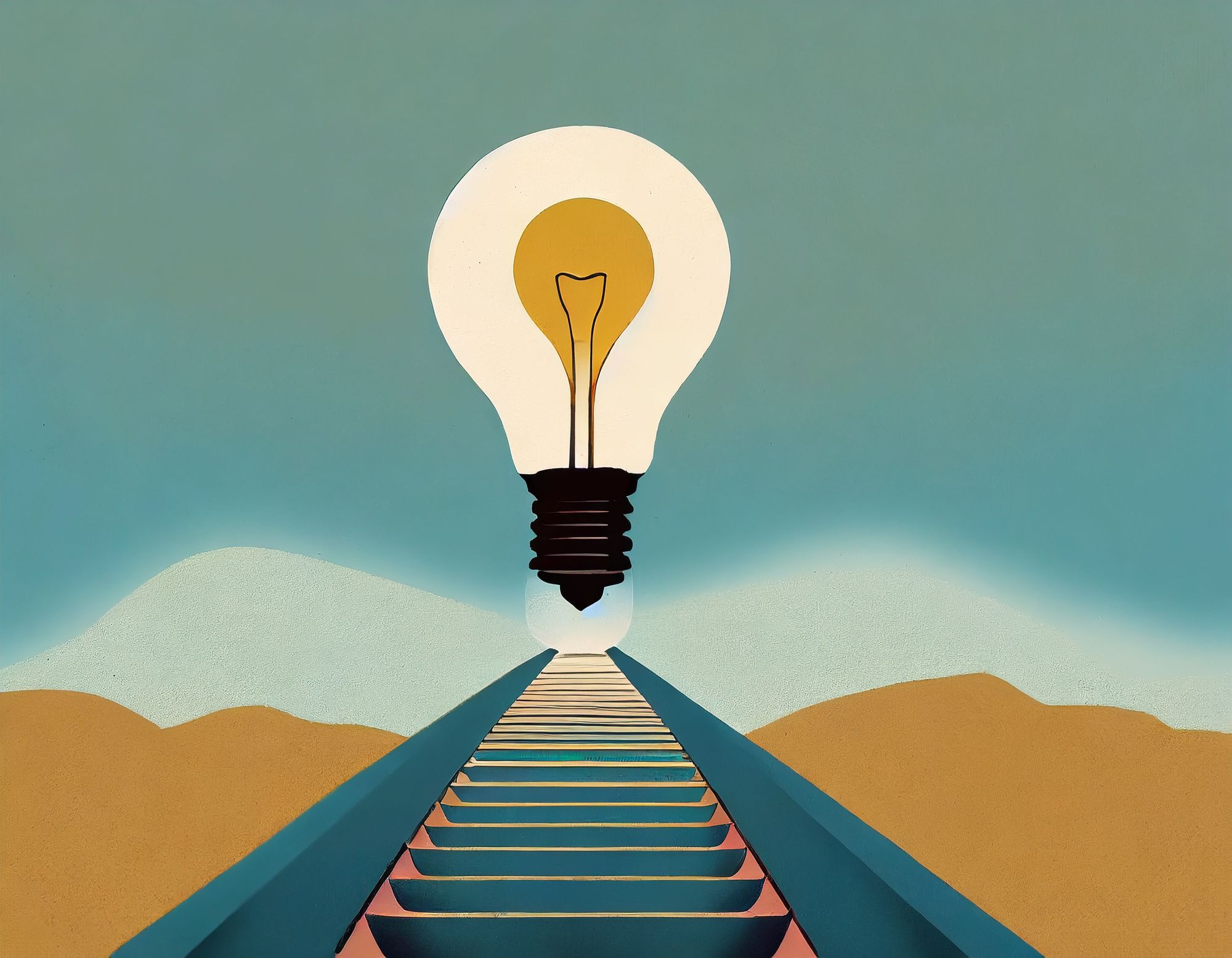Product Discovery Guide: What is it and How to Do It

Product discovery is essential to understanding user needs and effectively creating solutions that address their pain points. This crucial phase lays the foundation for a successful product by combining testing, prototyping, learning, and iterating. This blog post will explore the key points of product discovery and how it can lead to innovative and user-centric product development.
1. Testing with Users: Understanding the Real Needs
Testing with users is at the core of product discovery. Engaging with your target audience early on lets you gain valuable insights into their preferences, challenges, and expectations. You can identify pain points and uncover unmet needs by conducting user interviews, surveys, or usability tests.
Example: Imagine you're developing a task management app. Through user testing, you discover that users are frustrated with complex interfaces in existing apps and desire a straightforward and intuitive design that focuses on task prioritization.
2. Building Prototypes: Transforming Ideas into Reality
Prototyping is an integral part of the product discovery process. It enables you to translate abstract ideas into tangible representations of your product. Low-fidelity prototypes are particularly useful at this stage, allowing quick and cost-effective iterations.
Example: With the insights gained from user testing, you create a low-fidelity prototype of the task management app featuring a clean and straightforward interface with a drag-and-drop task prioritization system.
3. Learning from User Feedback: Validating Assumptions
The product discovery journey is not a one-way street. It involves learning from users and validating your assumptions. Embrace positive and negative feedback as it helps refine your product concept and align it better with user expectations.
Example: You gather feedback from potential users interacting with the task management app prototype. Users express enthusiasm for the intuitive design but suggest adding a deadline reminder feature.
4. Iterating for Continuous Improvement
Iterative development is critical to a successful product discovery process. Use the knowledge gained from user feedback and make incremental improvements to your prototype. Repeat the testing and learning steps to refine your product further.
Example: Based on user feedback, add a reminder feature to the prototype and adjust the task prioritization mechanism. You then conduct another round of testing to validate the changes.

Here are three book recommendations related to product discovery and user-centric product development:
- "Inspired: How To Create Products Customers Love" by Marty Cagan:
This book provides valuable insights into the process of product discovery and development. Marty Cagan, a well-known product management expert, shares his experiences and strategies for creating successful products that resonate with customers. The book covers the importance of understanding user needs, prototyping, testing, and iterating to build products that customers love. - "The Lean Startup: How Today's Entrepreneurs Use Continuous Innovation to Create Radically Successful Businesses" by Eric Ries:
Although not solely focused on product discovery, this book is a must-read for anyone interested in building innovative and user-centric products. Eric Ries introduces the Lean Startup methodology, which emphasizes the importance of continuous testing and learning during product development. The book highlights techniques like Minimum Viable Product (MVP) and iterative development to create successful products. - "Sprint: How to Solve Big Problems and Test New Ideas in Just Five Days" by Jake Knapp, John Zeratsky, and Braden Kowitz:
This book presents a practical and time-efficient approach to product discovery and development. The authors introduce the concept of the "design sprint," a five-day process for testing ideas and prototypes with real users. The book is filled with case studies and hands-on exercises, making it an excellent resource for teams looking to innovate rapidly while keeping the user at the center of the process.
Product discovery is a dynamic and user-centric process underpinning exceptional product development. You can effectively create solutions that meet user needs and expectations by testing with users, building prototypes, learning from feedback, and iterating accordingly. Embrace the ever-evolving nature of product discovery, and remember that understanding your users' pain points and aspirations is the key to developing products that leave a lasting impact.
As you embark on your product discovery journey, always keep your users at the heart of your decisions. Listen to their feedback, observe their behaviors, and adapt your product accordingly. Following this iterative approach, you can transform your initial product idea into a remarkable solution that genuinely resonates with your target audience. Happy discovering!

